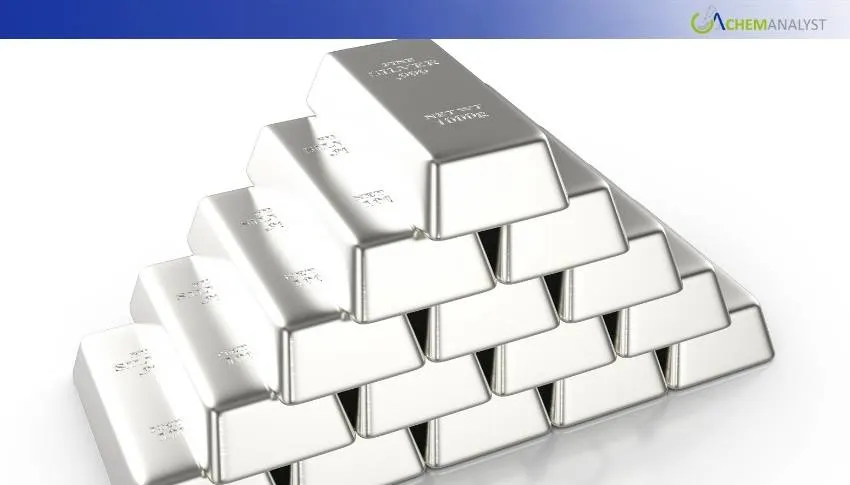Welcome To ChemAnalyst

From Asia to North America, zinc ingot markets are under strain, with U.S. prices now mirroring the softness seen earlier in China. The bearish tone in China has spilled into global trade flows, with U.S. zinc ingot prices extending losses as traders confront weak spot demand and unfavourable import economics.
Key Highlights:
In mid-October, Chinese zinc ingot prices fell 1.4%, catching up on some of the weakness in downstream demand and the overall supply abundance. By the end of the week ending October 10, Tianjin spot premiums were still relatively stable at pre-holiday levels, as previous bulk buying by downstream consumers trickled into the market. Strong inventories at buyers’ side-sold fresh procurement bids, although interim transport dislocations over the National Day holiday triggered minimal destocking in Tianjin, which led traders to spike selling premiums briefly. After logistics returned to normal and shipping resumed, premiums crept down once more.
Market sentiment has grown progressively bearish, supported by expanding smelter margins. Recent market figures had the imported zinc concentrate index at $98.75/dmt, while domestic refining profits were above 1,000 yuan/mt. These fundamentals led smelters to keep operating at full rates, bursting zinc ingot supply. On the downstream side, a recent plant survey report pointed to idling galvanizing lines in Tianjin, as slow galvanized-pipe sales and a poor export book—attributable to China's extended property slump—dampened steel coating activity across China.
With the export window now opening up, market participants are closely watching zinc ingot overseas demand opportunities. Spot premiums are expected to hold firm with only slight movement in the near term, as high domestic stocks weigh against possible export opportunities continue to underpin market structures.
United States zinc ingot prices fell for the second week in a row, down 1% on a CFR basis, as poor spot demand and poor import economics did their part to dampen the mood.
The weakness intensified mid-month, with U.S. zinc futures pulling back to their lowest levels since September 26. Fresh trade tensions between Washington and Beijing contributed to the pressure. China imposed special port fees on U.S.-linked ships as a retaliatory measure after Washington threatened 100% tariffs on Chinese exports, while also reinforcing rare earth export restrictions. These initiatives ramped up uncertainty throughout the wider metals complex.
For zinc ingot in particular, supply-side factors are aggravating the bearish picture. Chinese zinc ingot producers, the world's biggest suppliers, are getting ready to increase overseas sales to take advantage of higher global prices. The action will drive up global supply, putting downward pressure on benchmark futures.
Oversupply issues continue to be at the forefront of market perceptions. The International Lead and Zinc Study Group has just estimated 2025 and 2026 refined lead surpluses of 91,000 tonnes and 102,000 tonnes, respectively, highlighting a larger pattern of excessive refined metal output that is impacting zinc ingot markets.
In the weeks ahead, U.S. zinc ingot prices are likely to continue being range-bound, as there is sufficient imported feedstock to balance against support from shrinking exchange stocks and improving downstream operating levels.
We use cookies to deliver the best possible experience on our website. To learn more, visit our Privacy Policy. By continuing to use this site or by closing this box, you consent to our use of cookies. More info.
